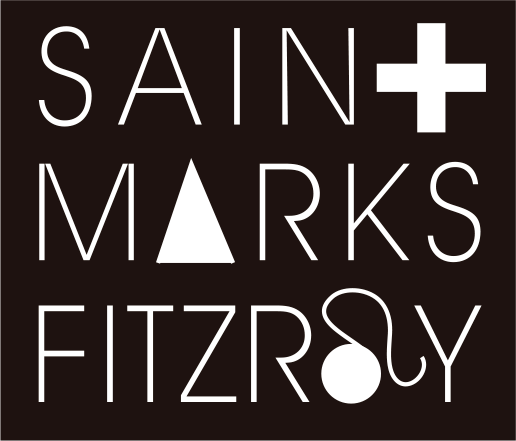31: Community Centre/Social Settlement Building
What is it?
St Marks Community Centre building is modelled on the settlement movement which believed bringing people together for shared learning and experience would help to address social inequality. Buildings were designed with the express purpose of bringing people together. The community centre formalised an approach by the St Marks church community that was part of its mission from the beginning; to support people who needed help. Prior to the construction of the community centre in 1926 movie days and food support were delivered from the church.
This building was completed in 1926 and a continuous program of community support has been operated from it. There are two unique arches over the doorways – in the 1920-30s bricklayers were sent to study the arches. There are two stories. On the upper floor there is a gymnasium, lounge and club rooms. On the ground floor there is another larger gymnasium, the first free children’s library and classrooms.
Background
The settlement movement was a reformist social movement that began in the 1880s and peaked around the 1920s in England and the United States. Its goal was to bring the rich and the poor of society together in both physical proximity and social interconnectedness.
Jane Addams, the most prominent of the American settlement theoreticians, and founder of Hull-House in Chicago, described the movement as having three primary motivations The first was to “add the social function to democracy,” extending democratic principles beyond the political sphere and into other aspects of society. Addams, who came to understand political corruption while working in Chicago, saw that political democracy had failed to eliminate poverty and class distinctions; workers had no place to congregate, to organize, to enjoy cultural or social activities, or to learn. The settlement was conceived as such a place. The second motivation she saw for the settlement was to answer a natural longing of people for fellowship and sympathy—a term that recurs in much of the writing of settlement leaders. Men and women of education had no outlet for their natural sympathy for the poor; settlements offered it.
These houses served as gathering places for fostering relationships that would serve as the foundation for stronger, healthier communities. Middle- and working-class individuals lived side by side in fellowship. Rather than asking residents, “What can we do for you?” settlement workers asked, “What can we do together?”
https://www.alliance1.org/web/resources/center-engagement/history-settlement-house-movement.aspx
The red brick St Mark’s Community Centre, originally known as the Social Settlement buildings, was designed by the architectural firm Gawler and Drummond in 1923. This building contains a room which was the first free children’s library in Victoria.
During the 1970s the Saint Mark’s Social Settlement Building, built in 1926, became known as the Community Centre. In the late 1970s, when the religious Community of Saint Mark was in the process of formation, they and sisters from the Community of the Holy Name, conducted various programs for families from the Community Centre. It became known as the Saint Mark’s Community Centre in 1980 when the parish engaged a social worker, Peter Burke, to run emergency relief and a community lounge. Funding for its work came from the Brotherhood of St Laurence and donations of foodstuffs and other things came from numerous parishes in the Diocese. In 2010 the parish entered a partnership with Anglicare Victoria to run the Centre.
St Mark's has been running various welfare missions to the parish poor since the late 19th century. During the Depression, Brother Bill Nicholls - "the famous vicar", says Father Tony - built the Social Settlement welfare centre next to the church. It helped thousands. "It was an amazing place and it had a tremendous impact on Melbourne," says Father Tony.
In 1980, in the old Social Settlement building, St Mark's Community Centre was opened as a drop-in and welfare centre.
https://www.theage.com.au/national/keeping-the-faith-amid-boom-and-bust-20030518-gdvq24.html
For over 40 years, Saint Mark's has run a Community Centre to serve the people of Fitzroy.
The St Mark's Community Centre is located in the Social Settlement Building adjacent to the Church on the corner of George and Moor Streets. It is a drop-in and welfare centre and we run it in partnership with Anglicare Victoria.
Each day up to 100 people will visit the Centre for various reasons: to receive a food parcel or other assistance, to relax in the lounge, to play pool, to play in or support one of our sporting teams, or to receive advice or referral.
